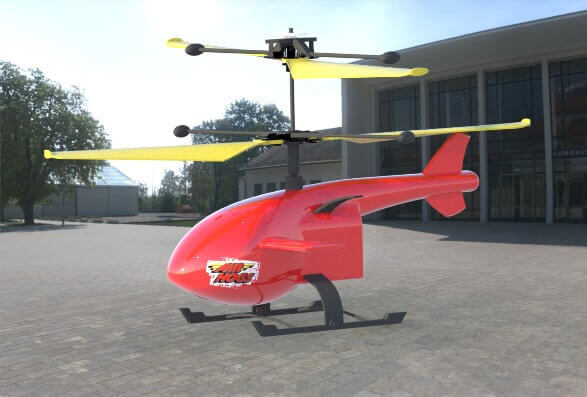We have worked with many commercial and government customers in diverse fields, including the aerospace, defense, entertainment, and consumer-product industries. From defining the loads and environments to which your structure is exposed, to predicting the dynamic response and modifying the design to meet requirements, ATA can help.
ATA has extensive experience in defining the loads applied to a variety of aerospace structures. These include aerodynamic (quasi-static, gust, and buffet) for both launch vehicles and aircraft, in flight and pad liftoff release, separation, parachute, plume impingement, on-orbit and docking, and reentry and landing loads. Derivation of these load cases involves a combination of advanced analytical tools and the experience that comes from decades of working on a wide variety of aerospace systems.

ATA is an industry leader in modal analysis and forced response dynamics. We have supported the dynamic analysis of products ranging from electronics that must survive transportation and drop loads, to rocket engines subjected to random vibration and shock environments, to spacecraft and reusable launch vehicles that land on water or ground.
Our dynamics analysis capabilities include normal modes analysis; transient, random, and sine vibration analysis; and shock response analysis. For structures undergoing high-speed impacts that involve very complex dynamic contact situations including friction and nonlinear material behavior, ATA has significant experience in the use of explicit analysis methods. These solutions may also include nonlinear dynamic simulations of large-angle motions, mechanisms, and crushable materials for shock attenuation.
ATA is also an expert in the use of advanced methods related to the efficient solution of large-scale dynamic models and specialized pre- and post-processing of dynamic analyses. These methods include substructuring of large models using superelements, component mode synthesis through the use of Craig-Bampton models, and development of Nastran DMAP alters for specialized analyses.

ATA staff have supported qualification of vehicles and cargo to withstand all types of mobility and transportation requirements for over 45 years. Road, rail, air, ship, and launch vehicle environments are used to evaluate vehicle design and payload packaging. Isolation may also be designed to protect vehicle components or payloads from environments. ATA has experience qualifying structures and payloads to specifications such as MIL-STD-810 for environmental requirements, MIL-HDBK-1791 for air transport, NASA-HDBK-7005 for dynamic environments, and many others.

Coupled loads analysis is performed to understand how a payload, such as a satellite or spacecraft, interacts dynamically with the launch vehicle during launch and ascent. The loads and responses derived from this analysis are used to qualify the payload for launch aboard a given platform. ATA has extensive experience in load event definitions for different aspects of the launch event, including static loads, dynamic loads, acoustic loads, aeroelastic loads, and engine startup and shutdown. We are experts in the use of component mode synthesis, which is used to couple the payload model to the vehicle.

The uncertainty in an analytical prediction is often as important as the prediction itself, and ATA has been on the leading edge of developing methods for uncertainty quantification. These include a better understanding of combining margins or safety factors to provide a statistically more accurate estimate of the margin in the final answer. We have also developed methods for representing both parametric and nonparametric uncertainty in systems and the propagation of those errors to system-level simulation results. These methods enable fast and accurate estimation of uncertainty in predicted results given errors in both model parameters and form.

A key factor in the success of any modal test and model correlation task is the development of a test-analysis model (TAM) to determine accelerometer and exciter locations and a mass matrix for orthogonality verification of test mode shapes. ATA has developed substantial capabilities for performing pretest analysis and accurately constructing a TAM, including different model reduction techniques, metrics for evaluating TAM performance, and algorithms for optimizing sensor and shaker locations. Many of these capabilities have been built into ATA’s IMAT software. Click here to learn more about this software.

Posttest correlation and model updating are required to ensure that the model and subsequent analysis results are accurate. ATA has extensive experience in updating models to improve the correlation to test results for a wide variety of spacecraft, aircraft, missiles, electronics, and other structures. ATA has developed specialized methods for efficiently and effectively creating a test-verified model.
These methods have been captured in our commercial software, Attune. Click here for more information on this software.

Connect with us to discuss how our advanced multi-disciplinary team can help you achieve your engineering goals.










